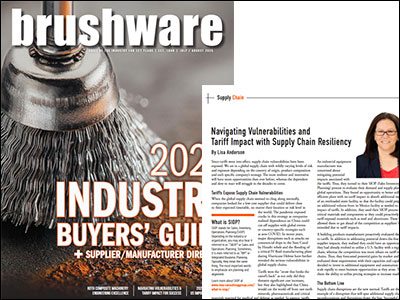When is a Supply Chain ‘Trade Off’ NOT a Trade Off?
Increasing inventory levels is seen as a trade-off with service and efficiency levels; we find that a win-win-win is achievable. The key: Have the right inventory in the right place at the right time and gain a predictive view of demand to optimise your schedules to reduce inventory while increasing service and efficiency.












